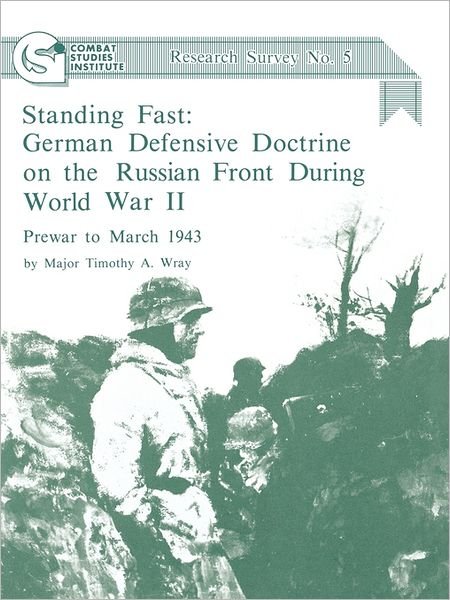
Tell your friends about this item:
Seek, Strike, and Destroy: U.s. Army Tank Destroyer Doctrine in World War II
Combat Studies Institute
Seek, Strike, and Destroy: U.s. Army Tank Destroyer Doctrine in World War II
Combat Studies Institute
After the collapse of the French army in 1940, the U. S. Army quickly moved to develop a doctrine, organization, and weaponry to deal with a large-scale mechanized attack such as the German Blitzkrieg. The result was the development of a "tank destroyer" concept that combined an aggressive doctrine, an elite spirit, and highly mobile, heavily gunned weapons - and which proved to be seriously flawed in practice. "Seek, Strike, and Destroy: U. S. Army Tank Destroyer Doctrine in World War II" provides a case study of how General Lesley J. McNair, at the direction of Chief of Staff George C. Marshall, developed the tank destroyer doctrine and its resultant antitank quasi-arm, and how the program's flawed once it was implemented. Even aside from the failure of the Germans to use massed armor in the latter part of the war, the rapid evolution of armor technology as the war went on, and the piecemeal use of tank destroyer battalions by field commanders, "Seek, Strike, and Destroy" shows that, given the largely offensive nature of the Army's mission, an strong anti-tank program assumed a defensive strategy which, if implemented, conceded that mission's failure. The misunderstanding of the mission, threat, and technology, combined with branch rivalries and obstruction within the Army, produced a tank destroyer hamstrung by tactical misuse and a technology woefully inadequate in the face of rapidly improving German armor technology. "Seek, Strike, and Destroy" not only explains the failure of a particular doctrine, but illuminates the more general problem of doctrinal development based on an inadequate understanding of technical and strategic realities. Strategists and scholars alike will find much to ponder in this valuable book. Originally published in 1985: 100 p. ill.
| Media | Books Paperback Book (Book with soft cover and glued back) |
| Released | 2011 |
| ISBN13 | 9781780390192 |
| Publishers | Military Bookshop |
| Pages | 100 |
| Dimensions | 242 × 5 × 186 mm · 195 g |
| Language | English |
| Contributor | Robert W. Riscassi |
More by Combat Studies Institute
See all of Combat Studies Institute ( e.g. Paperback Book )

































